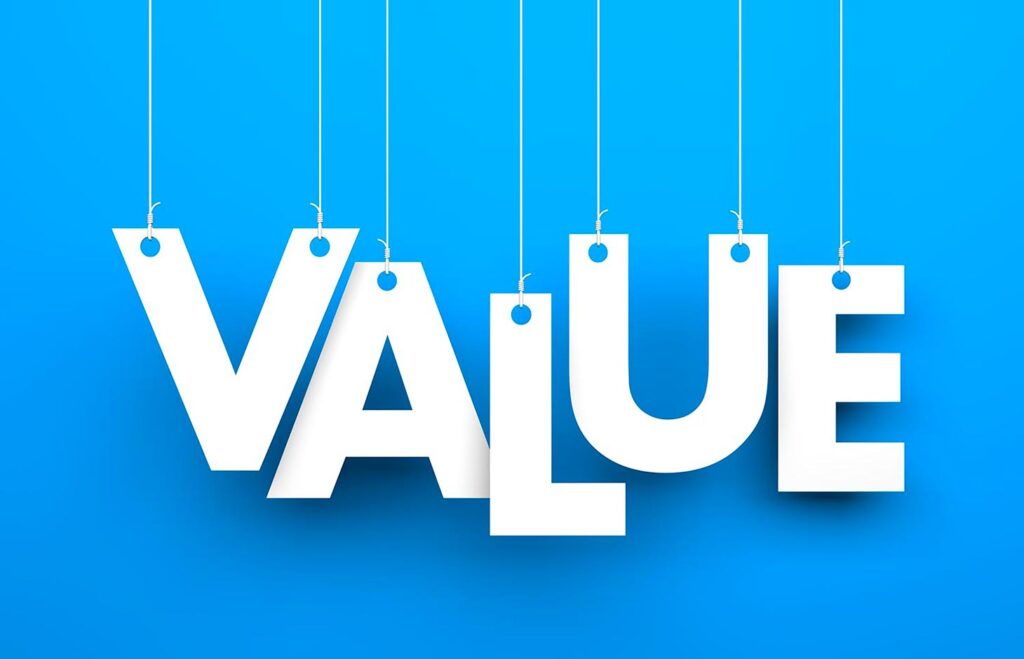In 1998, Joy Gendusa was exhausted. Running a graphic design business and raising two toddlers, she worked 70 hours a week and made more money brokering printing services than selling graphic designs.
Gendusa’s market was saturated: she created great work, but the competition constrained her growth. She was barely meeting overhead, and taking on projects she didn’t enjoy.
Then an opportunity revealed itself.
After designing a promotional postcard, the printer said Gendusa would have to pay $50 to remove their logo. Inspiration struck. Gendusa would print her own postcards, and then she’d design, print, and mail postcards for other business owners as well—without ridiculous hidden fees.
By 2017, PostcardMania was pulling in $50 million a year in revenue, and had made Inc. Magazine’s 5000 List.
Gendusa knew from her past experience not to undervalue herself. Now, instead of charging enough to get by, she could charge based on the value she provided her customers—without $50 bait-and-switch tactics.
What is Perceived Value?
Perceived value is the value of your products or services as defined by customers. Your perceived value is affected by many things, from the customer’s perceptions, to your features and functions, and your brand image.
Perceived value is often emotional, not rational. For example, a particularly advanced smartwatch with superior step-tracking and health-monitoring features may be perceived as less valuable than its more aesthetically-pleasing competitor, even if the consumer also valued accuracy in technology.
To an eco-conscious shopper, however, neither smartwatch above may be as valuable as one that’s solar- or motion-charged and is made with parts sourced from ecologically-responsible providers.
And still, even the eco-conscious shopper may be swayed from their stance. If they need a watch immediately as a birthday gift, and only the first two watch merchants offer next-day shipping, the choice is obvious.
Perceived value can fluctuate based on need, proximity to competition, and even trending news. (Remember when over 200,000 people deleted Uber after it continued to operate through an immigration strike at JFK airport?)
In Gendusa’s case, customers appreciated PostcardMania’s transparent pricing, raising the business’s credibility and trust. These qualities allowed her to create a higher perceived value for her business as compared to similar printing services.
Today, PostcardMania uses multiple perception-raising tactics right on their homepage:
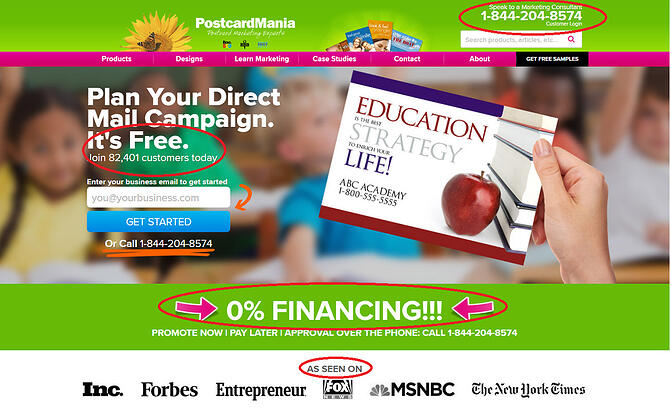
Notice the offers of free campaign planning, 0% financing, joining over 82,00 customers, speaking live with a consultant, and associating the business with various well-known publications. All of this works together to orchestrate a high perceived value of the service.
While perceived value can fluctuate, sometimes unpredictably, there are ways to raise your perceived value—and good reason to make the effort. Let’s explore why taking the time to raise your perceived value is important to your recurring revenue.
Pricing for Value vs. Pricing for Cost.
You know that your business brings value, whether it’s increasing quality of life, solving a common consumer issue, or even helping other businesses be more successful.
When you take a “cost plus” approach to pricing, trying to simply cover costs and make a desired gain on top, you run the risk of selling yourself short on generating a sustainable subscription business that creates a recurring revenue stream.
Your ideal customers should know exactly how much you are saving them in time, effort, and money. They should also know that your business is in the best position to deliver on these advantages.
Value pricing based on what the customer believes they would have spent (or lost) without you keeps the customer from churning. This ensures recurring revenue is as high as possible.
Of course, if your competitors are offering lower pricing (perhaps based on a cost-plus model), you need to be sure that customers have a higher perceived value of your product to justify spending more on it.
Perceived value, for better or worse, is not rational. In his TED talk, “Perception is Everything,” Roy Sutherland explains that perception is “leaky”: Cars don’t actually drive better after being washed, but people often feel they do. And a Michelin-quality plate of food drops steeply in perceived value when served at a restaurant that smells like a sewer.
By increasing your perceived value, you ensure that users stay subscribed and continue to provide reliable recurring revenue.
For example, you may compare the cost of your product to something people buy in their day-to-day life. If your monthly subscription is the same price as a few cups of coffee, a customer is likely to consider how much they spend on coffee a month and how much more value your product provides.
Alternately, it may be time to refresh your brand’s overall perception. Shoe company Keds was immensely successful in the 60s, 70s, and 80s, but by the early 2000s had fallen to the back of consumers’ memories.
Their perceived value had dropped.
By signing Taylor Swift as a spokesperson in 2012, however, Keds was able to start a successful “Ladies First Since 1916” campaign that took off and resurrected their sales.
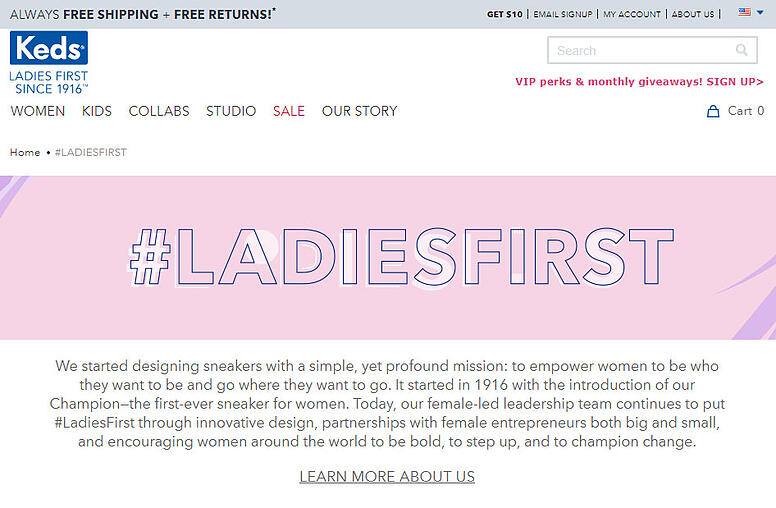
Through these and other methods, a business can resurrect their perceived value to attract new customers and better retain those in their ranks.
When Perceived Value is High, Your Acquisition Costs Go Down.
With clear perceived value, you attract good-fit customers to your doorstep. That “fit” goes both ways: they have a problem you can solve, and you have the exact tools to solve it without undue strain.
This dramatically lowers your acquisition costs. Instead of pouring resources into convincing every reachable pair of eyes that your brand is worth looking at, you simply exist in your greatness, and customers who need that greatness find you.
For example, an aspiring sommelier bemoaning the effort of traveling to new vendors, vineyards, and wineries to buy and taste different types of wine will have a high perceived value of a wine subscription that delivers right to their door.
If you are a great wine delivery subscription provider offering taster profiles and personalized recommendations like Winc, that customer is going to find you and be willing to pay for the value you offer.
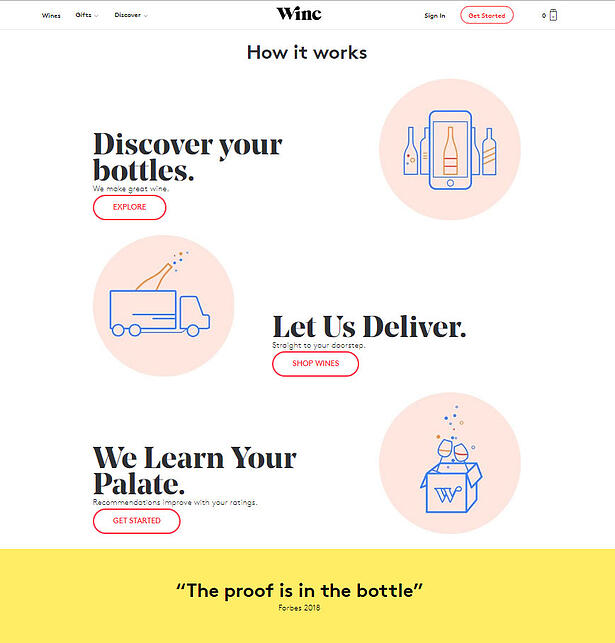
Notice Winc’s use of various perception-shaping methods: displaying ease of access through a phone app and doorstep delivery, three simple stages to a successful experience, and an encouraging quote from Forbes. Among other things, these methods illustrate how Winc secures their place in a customer’s mind as a better option than exploring wine on one’s own.
When Winc meets that future sommelier’s needs, he or she is likely to tell all their wine-loving friends, saving Winc some effort in finding new customers.
And when your acquisition costs go down, you get on the path to sustainable profitability.
You Attract Customers Who Want You, and Also Customers You Want.
When customers’ perceived value is low, those willing to pay high prices for products like yours won’t give you a second look; people want the best they can get for their money.
Which customers buy into businesses perceived as low value? The ones looking for a discount or budget product. These customers aren’t really “serious” about their investment. Rather, they are attracted to a low price point and are likely to churn when they see even lower prices.
You need to maximize your perceived value to ensure you attract customers ready to pay for your product, month after month, securing your recurring revenue.
Watch subscription WatchGang accomplishes this outright on their homepage, claiming to be the “World’s #1 Watch Club,” promising discovery, value, and community, and topping it all off with a chance to win a Rolex and TAG Heuer every week.
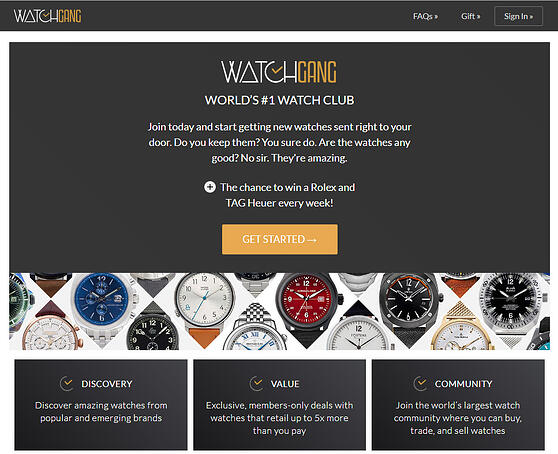
The motivation to stay subscribed week after week is clear: every week subscribed is a chance to win! With subscriptions priced as high as $1,000 a month, WatchGang may have found a path to sustained recurring revenue with the perceived value of their subscriptions. WatchGang is obviously targeting well-heeled (or those aspiring to be well-heeled) consumers.
You’re able to focus on customers who respect your expertise.
When your perceived value is low, customers get the sense that you should be grateful to have them at all. Your relationship can become strained as it feels they always have one foot out the door, looking for a lower price point. This, of course, is a threat to your recurring revenue.
These bad-fit customers are a costly drag on revenue, eating away at it in your customer support department and the poor reviews they leave for other potential customers to see.
When a good-fit customer is willing to pay for the value they receive, they’re starting the relationship off on a good foot. They believe you are the best value they can get.
As your new potential customer gets to know you and your business, it should become exceedingly clear that they made the right choice. By reinforcing their positive perception of your business with actual positive experiences, you create a relationship that will hopefully grow stronger with time. A long-term relationship produces recurring revenue and possibly even expansion revenue through subscription upgrades.
That stronger relationship, trust, and credibility increases the perception of the value you provide.
Trust is essential to customer retention and recurring revenue. With trust built into your business value, it won’t matter if your competition drops their price. A customer will stick with you for the long haul because they know you’ll always deliver.
A Customer Who Sees Your Value Wants Your Solution to Their Problem, Not a Discount.
It’s kind of amazing that in brick-and-mortar businesses, customers simply accept that prices are unchangeable. Even if products are clearly overpriced, customers who want them at a lower price just have to wait for sales.
In the SaaS world, this isn’t always the case. This is particularly true in B2B when working with clients who have businesses of their own. “Negotiations” are common.
When customers are sold value versus price up front, however, negotiations can be quite short.
Someone who has a genuine problem they need to solve is seeking the best solutions and the most comfortable path to the solution. When you offer the best solution and customers are convinced you are the best option, price should be an afterthought to the benefits you’re about to bring them.
Your product or service should always be perceived as an investment, not an expense.
Which brings us to our last point…
High Customer Perception and Value Pricing Allow Your Business to Work at Its Full Potential.
When your business is hitting its recurring revenue goals while minimizing the “babysitting” that comes with bad-fit customers, your MRR (Monthly Recurring Revenue) generation engine simply runs better. Every department has the resources it needs, you’re comfortably able to hire and integrate as needed, and your growth is ensured.
Well-known and highly-perceived companies like Google, Salesforce, Dropbox, and Shopify understand this: each company has used various methods to increase their perceived value to the point that they now claim benchmarks in their niches.
Maximizing customer value perception is the clear choice for growing recurring revenue and reducing energy spent on bad-fit customers.
